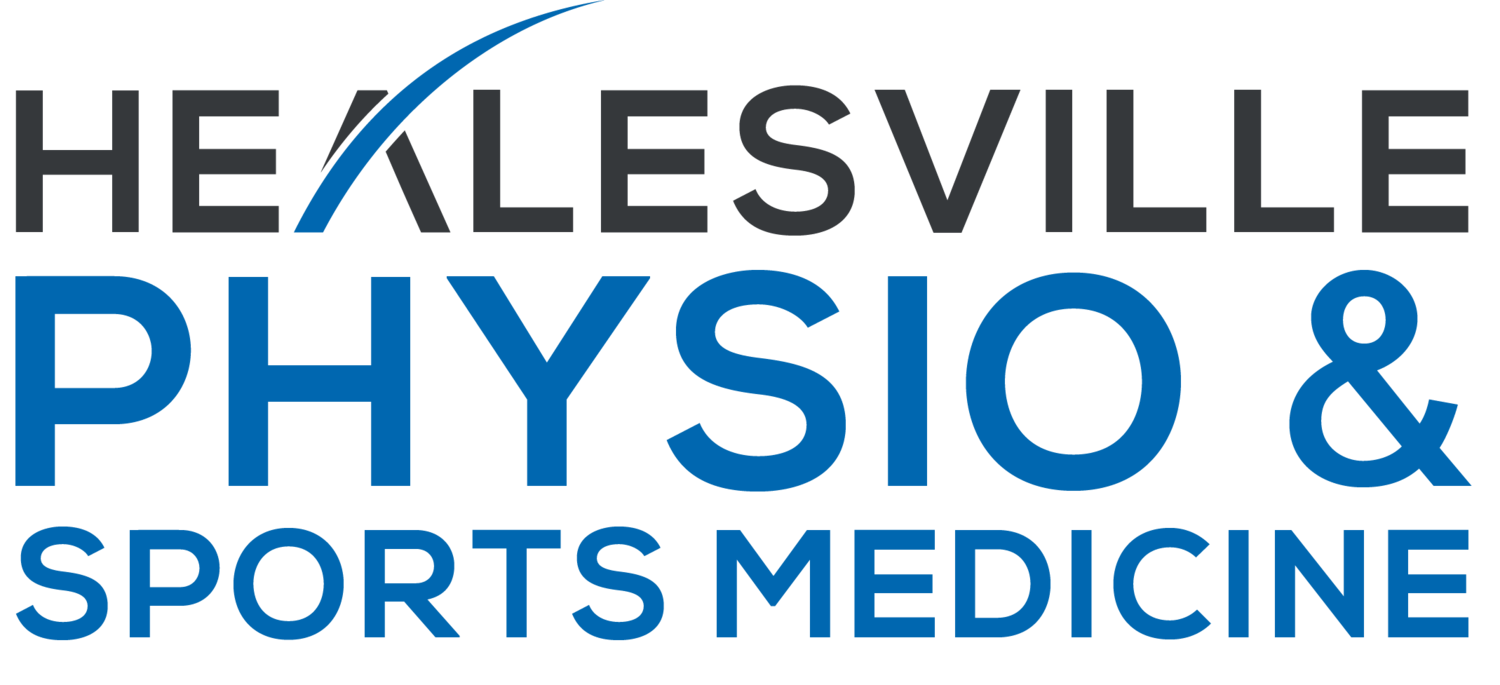Shoulder pain can be frustrating, especially when it interferes with your ability to lift, reach, or even sleep comfortably. One of the most common culprits? Rotator cuff pathologies. Whether it's a strain, tendinopathy, or a tear, physiotherapy plays a crucial role in recovery and getting you back to pain-free movement.
What Is the Rotator Cuff?
The rotator cuff is a group of four muscles and their tendons that surround the shoulder joint. These muscles work together to stabilize the shoulder and allow a wide range of motion. Injury to any of these tendons can lead to pain, weakness, and limited function.
Common Rotator Cuff Pathologies
Tendinopathy – Degeneration or irritation of the rotator cuff tendons, often due to overuse.
Partial or Full-Thickness Tears – Small or complete disruptions in one or more of the tendons.
Shoulder Impingement – When the tendons are pinched during shoulder movement.
Calcific Tendinitis – Calcium deposits within a tendon causing pain and inflammation.
Signs You Might Have a Rotator Cuff Injury
Pain in the shoulder, especially when lifting the arm
Weakness or fatigue in the arm
Difficulty sleeping on the affected side
A clicking or popping sensation with movement
Reduced range of motion
Bursitis (inflammation of the fluid filled sac within the shoulder capsule)
The Role of Physiotherapy
Physiotherapy is often the first line of treatment and can help most people avoid surgery. A well-structured program can:
Reduce Pain and Inflammation
Manual therapy, taping, ultrasound, shockwave, dry needling, and modalities like heat or ice can ease pain early in treatment.Restore Range of Motion
Gentle mobility exercises help improve shoulder flexibility and prevent stiffness.Strengthen Supporting Muscles
A progressive strengthening program targets not only the rotator cuff but also the scapular stabilizers to improve shoulder mechanics.Improve Posture and Movement Patterns
Poor posture and faulty mechanics can put extra strain on the rotator cuff. Physiotherapists teach better movement habits that protect your shoulder in daily life.Support Return to Activity
Whether you’re an athlete or just want to carry groceries without pain, physiotherapy can guide your safe return to activity with sport- or task-specific training.
When to Seek Help
If shoulder pain persists beyond a few days, is getting worse, or is limiting your ability to do everyday tasks, don’t wait. Early intervention with physiotherapy can lead to quicker recovery and better long-term outcomes.
The Place of Imaging
Around 40% of people aged 30+ will have tears on imaging, which can be asymptomatic. When you see a physiotherapist for shoulder pain, majority of the time imaging won’t be recommended straight away. When imaging has been performed, your physiotherapist will combine your imaging results with the results of the in-person assessment to determine what the main pain driver is. It’s important to not take the imaging report as gospel for shoulders!
Final Thoughts
Rotator cuff injuries don’t have to mean the end of your active lifestyle. With the right physiotherapy approach, you can relieve pain, rebuild strength, and return to the things you love — whether that’s tennis, gardening, or simply getting dressed without pain.
References:
Lawrence RL, Moutzouros V, Bey MJ. Asymptomatic Rotator Cuff Tears. JBJS Rev. 2019 Jun;7(6):e9. doi: 10.2106/JBJS.RVW.18.00149. PMID: 31246863; PMCID: PMC7026731.
Sciarretta FV, Moya D, List K. Current trends in rehabilitation of rotator cuff injuries. SICOT J. 2023;9:14. doi: 10.1051/sicotj/2023011. Epub 2023 May 23. PMID: 37222530; PMCID: PMC10208043.

